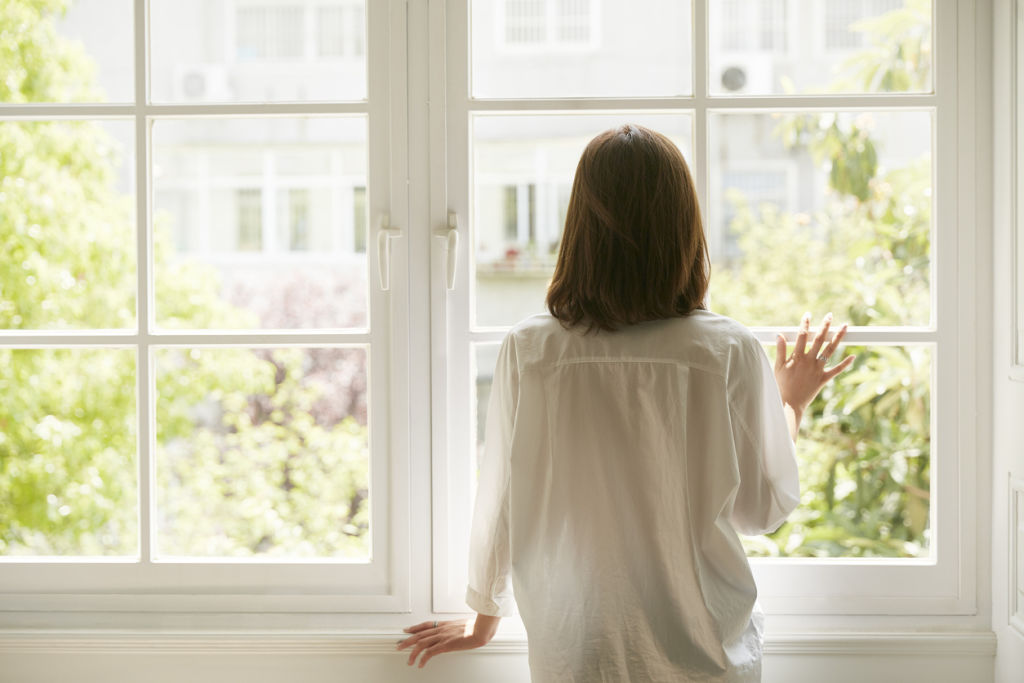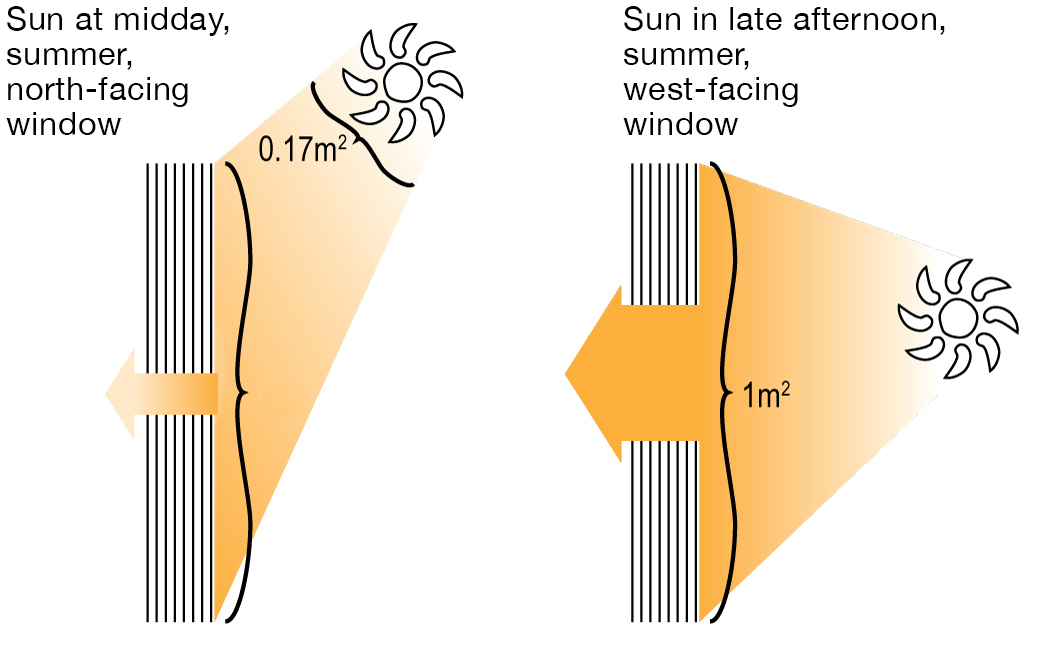All Categories
Featured
Table of Contents
Is Double Glazing Worth It? in Swan View Perth
Laminated glass is often used in locations in the home most prone to injury from human effect such as restrooms, doors, around staircases and in areas near the floor (it meets the requirements of 'safety glass' that is mandated for usage in these locations by Australian Basic AS 1288 Glass in structures).
Toughened glass has actually been 'tempered' by being reheated and rapidly cooled again. This procedure makes it much more powerful than standard glass it can withstand greater effect loads prior to breaking. It also makes it much safer due to the fact that, when it does shatter, it breaks into numerous small cubic pieces rather than dangerous shards.
Glazing And Glass Options - Smarter Homes in Samson Perth
However, toughened glass has no thermal or acoustic benefits over other glass of the same toning or thickness. Secondary glazing is where single-glazed windows are retrofitted with a transparent acrylic or glass sheet connected to the within the frame or openable sash with a secondary frame or with magnetic strips.


Secondary glazing will not perform as well thermally as a made IGU, because it is impossible to completely seal the boundary, however it can supply excellent noise control. Window films are a thin polymer film including an absorbing color or reflective metal layer, with an adhesive backing. They stay with your glazing to alter its colour or make it reflective.
Plastic Window Frames - Best Plastic Double Glazed ... in WA Western Australia
Applied to existing glass, some window films can cut in half the overall SHGC of the window by absorbing and/or showing solar radiation. This can be particularly beneficial in hotter environments where cooling is the main concern, or on east and west elevations directly exposed to extended periods of sunshine. However, window movies might likewise minimize noticeable light transmittance.

For this reason, it is generally best to use a recognized installer of window movie. Frames have a considerable effect on the thermal efficiency of doors and windows, because energy can be gotten and lost through the frame, in addition to through the glass. Various types of frame will enable various levels of heat gain and loss, so careful choice of frame is crucial for effective passive design.
Which Double Glazed Windows Are Best For Summer? in St James Western Australia
Nevertheless, aluminium is likewise a great conductor of heat and will reduce the insulating worth of a glazing system, unless specifically engineered to reduce this. A 'thermally broken' frame is comprised of 2 aluminium areas connected by a structural insulator (normally a low-conductivity structural polymer). This 'breaks' the thermal connection through the aluminium and lowers the heat streaming through the frame.
Lumber frames are a good natural insulator that can fit some house styles. Wood frames must be made from species that have naturally high durability or be treated to prevent decay and contortion.
Double Glazed Windows: A Complete Guide in Bayswater WA
However, this can lead to spaces that allow air seepage unless excellent draught sealing (weather removing) is set up. u, PVC is a kind of plastic (unplasticised polyvinyl chloride, likewise called stiff PVC). u, PVC frames supply excellent thermal performance, typically much better than lumber or thermally broken aluminium. u, PVC is long lasting and requires very little upkeep, and can be moulded into intricate profiles that supply exceptional air seals.
u, PVC windows and doors have outstanding thermal efficiency Photo: Ben Wrigley (Light House Architecture and Science) Composite frames utilize aluminium profiles on the external areas with either a lumber or u, PVC inner area. These combine the low upkeep and resilience of aluminium with much improved thermal efficiency.
Latest Posts
Pros And Cons Of Argon Gas In Windows in Ridgewood WA
Does Double Glazing Have A Vacuum? in Shoalwater WA
Double & Triple Glazing Windows In Warwickshire in Perth